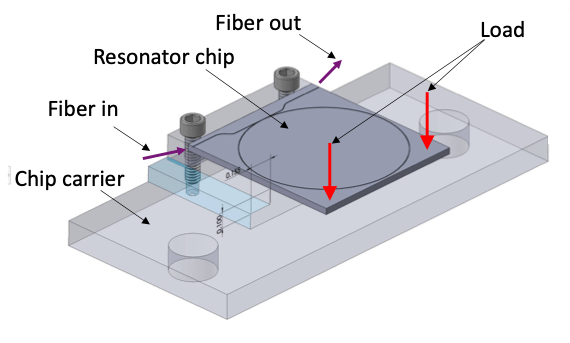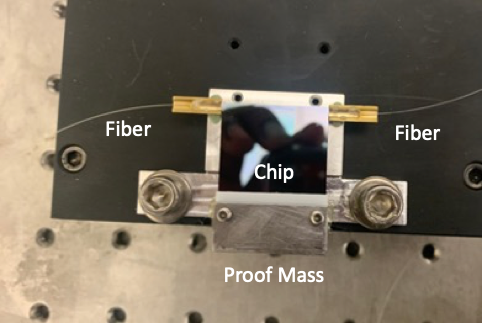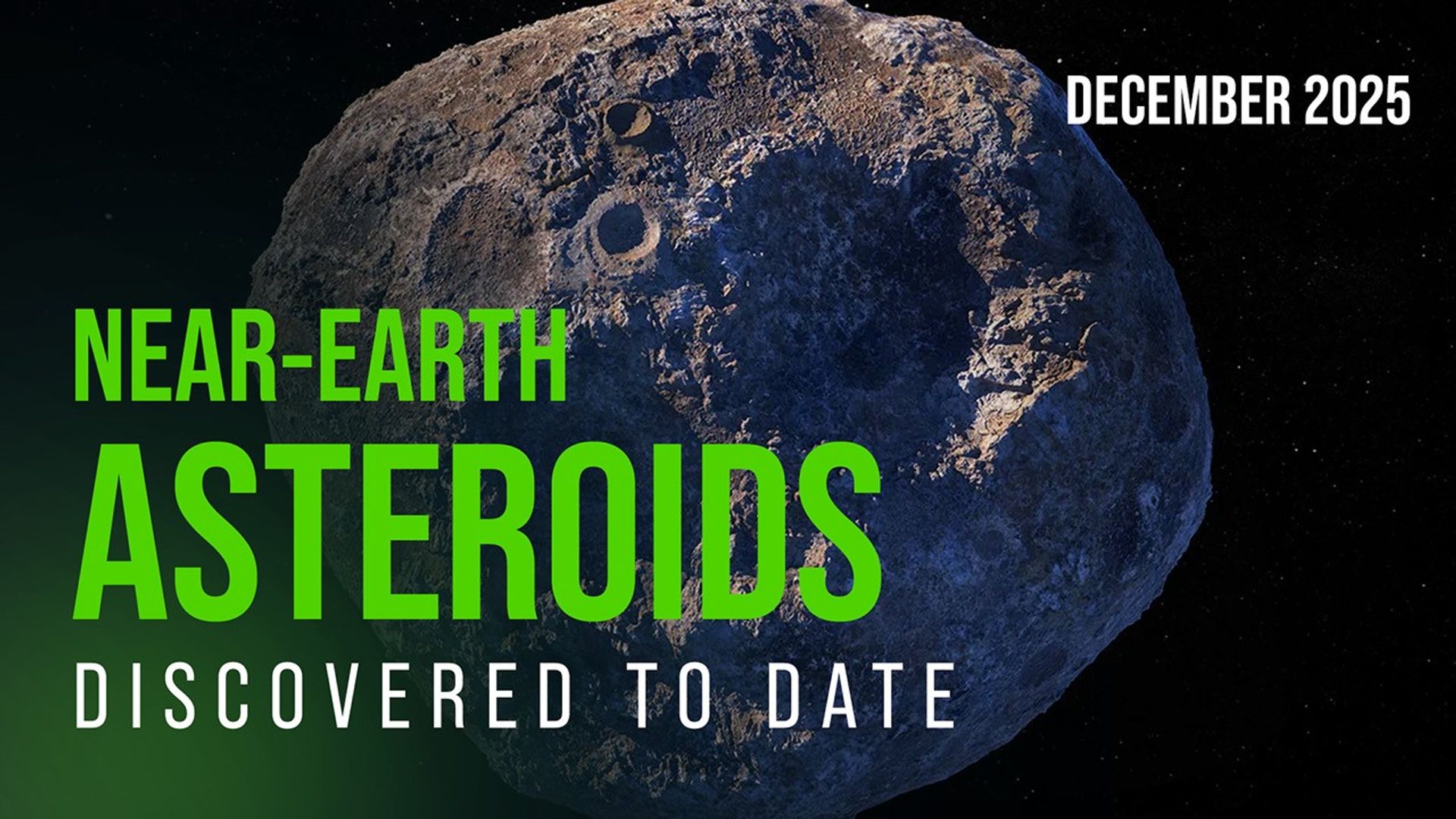PROJECT
“Frosty” micro-fabricated optical seismometer
SNAPSHOT
To characterize ice sheets and mantle on icy worlds, NASA is developing a new type of seismometer that is ultra-small, easy to manufacture, immune to radiation damage, and operates with low power consumption.
Icy worlds like Jupiter’s moon Europa are prime targets of study to achieve one of NASA’s longstanding goals – to determine whether or not we are alone in the universe. As such, NASA is developing technology for future missions to explore these worlds and determine habitability, surface and sub-surface composition, the type of ice and its thickness, and the water characteristics under the ice sheet. Frosty—a tiny, rugged micro-seismometer— could be part of an instrument suite used to gather this important data.
Seismic activity yields a wealth of information about a planetary body’s structure, tectonic activity, and response to the surrounding gravitational field. For example, the four passive seismic experiments in the Apollo Lunar Surface Experiments Package (ALSEP) deployed on the Moon operated as a four-station network until the conclusion of the Apollo Program in September 1977. This network allowed for the distinction between four natural seismic sources and provided extensive data for study of the Moon’s interior. While deep Moonquakes have typical magnitudes ~1 on the Richter scale, the 28 shallow Moonquakes recorded between 1969 and 1977 registered up to 5.5 on the Richter scale and some lasted up to 10 minutes because of the absence of water and its dampening effect. (A refined analysis indicated that the Moon is tectonically active.)
Europa revolves around Jupiter in 3.55 Earth days. Throughout the slightly eccentric orbital cycle, Europa flexes with the variable gravitational field, generating stress in its icy crust. The seismic response to this stress can provide valuable information on the crust thickness and composition. However, the tremendous magnetic field and particle bombardment from Jupiter’s magnetosphere complicate efforts to explore Europa.
A NASA-sponsored team at Michigan Aerospace Corporation and Southern Methodist University (SMU) is developing a microfabricated all-optical seismometer called Frosty that can gather data in the harsh environments encountered on icy works such as Europa. The seismometer is based on the use of optical whispering gallery modes (WGM), also known as morphology dependent resonances (MDR). At certain wavelengths, an optical mode (a multiple of the wavelength, often in the thousands) will be trapped into the resonator, forming the resonant pattern shown in the figure above. These modes are very narrow and identifiable by a sharp drop in the detector signal. Because the modes are so narrow, a minute change in the resonator shape will induce a small shift in the wavelength at which the resonant pattern occurs. This property makes the seismometer very sensitive to motion. The team at SMU has previously demonstrated the use of WGM resonators for many applications, including sensing temperature, force, and electric fields.
This concept affords several advantages over conventional seismometers: The resonator is very small (less than one inch) and very lightweight (less than 1/100 of an ounce). In addition, the seismometer is made of silicon, which means the radiation encountered in the icy world environment will have little or no adverse effect on the durability or performance of the instrument.
Over the last 24 months, the team has successfully assembled and tested the seismometer prototype in the lab. The prototype was installed and tested on a shaker, and subsequently tested under impulse excitation (by hitting the table on which the seismometer was mounted). The seismometer prototype performed well under both types of motions. The seismometer output was processed using a Raspberry Pi 4 to demonstrate its ability to operate using limited computational resources. The next challenge was to extend the seismometer response by damping the motion. The team pursued several approaches, and a multilayered substrate composed of compliant material sandwiched between two thin silicon layers emerged as the best option.
With the concept now successfully demonstrated, the team’s next steps include developing the next-generation seismometer that will be capable operating in the harsh conditions of an icy world (temperatures hover around minus 240 oF). The multilayered substrate will be composed of materials capable of maintaining their mechanical characteristics at such low temperatures, and will enable design of rugged packaging to protect the sensor in the harsh space environment. The team’s final product will be a network of tiny rugged Frosty seismometers for planetary exploration.
PROJECT LEAD
Dr. Dominique Fourguette, Michigan Aerospace Corporation. Co-PI: Professor Volkan Ötügen, SMU
SPONSORING ORGANIZATION
Planetary Science Division‘s COLDTech Program




































